Media Studies
|
Powerful Knowledge |
|
By studying the media, students can view, evaluate and analyse a variety of media products, and develop practical skills spanning a range of media forms. The media is embedded in every aspect of modern life and by studying contemporary, diverse topics and varied and engaging content, students develop their research, problem-solving skills as well as their creativity. They are able to refine their debate and evaluative skills through the discussion of contemporary issues from a range of perspectives. Underpinning the AQA Media Studies A level are 4 Media frameworks:
Students master these in order to be able to apply these frameworks for media analysis and debate to their Close Study Products for both final exams.
At present the Close Study Products cover a wide range of media forms and platforms to allow students to appreciate the scope of media communication and how media products and industries have changed and developed over the last 70 years. Current CSPs include for Paper 1:
For Paper 2
In addition to applying the 4 media frameworks to these products, students develop their understanding of the changing media landscape by evaluating the significance of contextual socio-historical factors and how these may influence the production and reception of these texts. Students also learn about the conceptual and philosophical ideas offered by a number of key media theorists to enable them to debate key issues surrounding media production and consumption. These include structuralist and post - structuralist theories of meaning and signification including Roland Barthes, Levi Strauss and de Saussure; theories of audience and how these have evolved throughout the 20th and 21st centuries including Bandura, Blumler and Katz, Stuart Hall and Clay Shirky. Theories of representation also demonstrate how the media is sensitive to wider social changes. The A level has chosen media texts to allow students to discuss profound ideas concerning gender and ethnicity and how media products are fundamental to our perceptions of how groups and individuals are represented. |
|
Literacy |
|
There is an emphasis on both developing students’ specific media literacy - detecting bias, understanding how meaning is encoded in media texts as well as the conventional literacy skills of reading, writing and oracy. A level Close Study Products include written texts from the print media platform such as newspapers and magazines. Studying these encourages students to think critically about how language choices convey values and attitudes and how language is used to represent individuals and groups. Students also understand how meaning is created via other ‘signs’ in addition to the written word such as images, music, camera shots, editing etc. in moving image and online platforms.
A range of literacy skills are explicitly taught and developed including:
|
|
School Context |
|
The AQA Media Studies course allows students to consider the enormous reach of mass media in contemporary society and to become more critical and aware of how meaning is deliberately encoded and to what purposes. Being a largely homogenous and monocultural school, studying theories of ethnicity such as Paul Gilroy’s widens students’ perspectives on fundamental issues of racial and ethnic identity and representation. These theories are applied to texts such as Common’s ‘Letter to the Free’ and the Black British newspaper ‘The Voice.’ |
|
Assessment |
|
Throughout the course students have regular assessments set in class and for homework which allow them to progress and be fully prepared for the final exams. These are assessed using the AQA assessment criteria and students are all given a simplified version of this so they understand:
Modelling by the teacher or in the form of exemplar answers is an integral part of all assessment. All practice questions and mock exam results are tracked so there is a comprehensive bank of evidence for each student to map and monitor their progress throughout Years 12 and 13. Final A level Exams A-level exams in Media Studies include questions that allow students to demonstrate their ability to:
Media One Exam - 35% of A Level
What's assessed Section A will focus on Media Language and Media Representations. Questions in this section will test the following forms:
Section B will focus on Media Industries and Media Audiences. Questions in this section can test any two of the following forms:
Questions
Media 2 Exam - 35% of A level
What's assessed
Non - Exam Assessment - Creating a cross -media production - 30% of A level
What’s Assessed
Tasks
A choice of one of six annually changing briefs, set by AQA. Students produce:
|
|
Careers |
|
The skills which the course develops in understanding communicative intent and honing students’ analytical and evaluative skills have wider applications to most arts and social science degrees and to careers where communication skills are a prerequisite (for example, HR, marketing, advertising and public relations.) The Media production work for the NEA element is an excellent preparation for students who wish to study aspects of media production or design further and to pursue a career in this field. Media Studies combines well with ICT as web design is another media platform that the course covers. |






